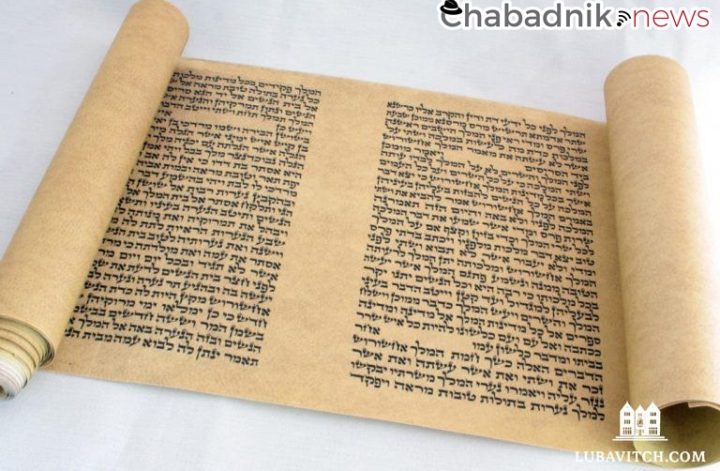The life of a tzaddik is not a life of the flesh, but a spiritual life consisting wholly of faith, awe, and love of G‑d. – The Tanya
This Sunday, 3 Tammuz, marks the twenty-seventh anniversary of the Lubavitcher Rebbe’s passing. Since his passing, the Rebbe’s influence on world Jewry has grown exponentially and is felt today more than ever.
The Rebbe’s prolific works are studied daily and have been translated into dozens of languages; his teachings continue to inspire on both an individual and communal level; and his insights, which seemed radical and revolutionary at the time, remain as fresh and relevant today as ever. The Rebbe was a visionary leader, and his impact on millions of lives around the globe is unmatched and continues to inspire renewed commitment and action.
Chasidism teaches that the day of a tzaddik’s passing is a holy day that elicits heavenly compassion for all those who are connected to the tzaddik and to his teachings and activities.
On the anniversary of his passing, this year June 13, we invite you to celebrate the Rebbe’s vision and honor his life’s mission to elevate your surroundings with mitzvahs. As he always encouraged, it is up to each one of us to do one more mitzvah, one more good deed, to make this world a better place.
What to do on the yahrzeit of a tzaddik
· Traditionally, one lights a 24-hour candle on the day of the anniversary of passing.
· One should make every effort to study the tzaddik’s teachings or extra Torah on this day. It may be Mishnah, which is the traditional yahrzeit study, or Tanya, or any section of Torah in English or Hebrew.
· Connection to a Rebbe comes not only through studying his teachings, but also by getting involved in his projects. Choose a Chabad project that speaks to you and make a commitment to do your part.
· Giving charity and donating to institutions and causes related to the Rebbe perpetuate his legacy.
· It is customary to take upon oneself an additional mitzvah. This brings one merit for G-d’s blessings.
Write a Letter to the Ohel
Throughout our history, the holy resting places of the righteous have served as our spiritual oases. The gravesites of our patriarchs and matriarchs, as well as those of our great sages, are viewed in our tradition as places of prayer and introspection and have provided solace to us for millennia. Today, many people visit the Rebbe’s resting place—known as the Ohel—and many more send in their petitions for prayers and blessings. Visit or send your own letter to the Ohel here.
Further Reading
In honor of 3 Tammuz, we have collected a few of the articles that have been published by Lubavitch.com over the years presenting different insights, viewpoints, and lessons on the Rebbe’s passing.
1. Rabbi Yehuda Krinsky was secretary to the Lubavitcher Rebbe for a period of 40 years. On the occasion of the Rebbe’s 15th yahrzeit, Baila Olidort, the editor-in-chief of Lubavitch News Service, interviewed Rabbi Krinsky. The interview can be found here.
2. That same year, Olidort interviewed Rabbi Adin Even-Israel Steinsaltz about his experiences with the Rebbe. Read the full interview and watch the clip here.
3. Shortly after the Rebbe’s passing in 1994, Bar-Ilan professor and author Susan Handleman authored this piece, which was published in Wellsprings Journal, discussing her experience with the Rebbe.
4. In honor of the Rebbe’s yahrtzeit in 2015, author Dovid Zaklikowski wrote an article that focuses on the Rebbe’s advice for living a better life.
5. Planning on visiting the Ohel? Read about the resting place of the Lubavitcher Rebbe and get a sense of what it’s like to pray at the Rebbe’s gravesite.
You can learn more about the Rebbe’s life and legacy here.




